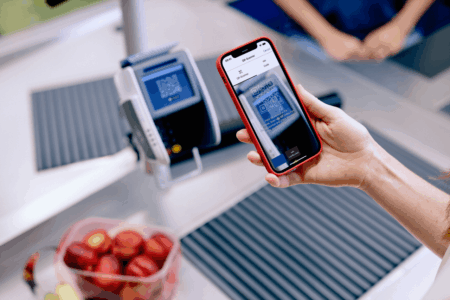- Paul Claudius built DIA to open financial data access using a fully transparent, community-powered oracle model.
- DIA now supports 50+ blockchain networks with tools like Lumina and xRandom for on-chain data integrity.
Paul Claudius may not be a household name, but among crypto enthusiasts, he is a key driver in the decentralized data ecosystem. The German didn’t start his career in the blockchain world like most other crypto project founders. Instead, he spent his early years in the swanky offices of New York and Frankfurt—working on financial reports, not smart contract code.
But that all changed around 2017. Amid the early wave of DeFi , Paul Claudius felt something was missing. Data, the foundation of all decisions in the financial sector, felt too “closed” in the blockchain world. Market data was often expensive, opaque, and controlled by a handful of parties.
For Claudius, who had worked in e-commerce and health technology, this was like rewatching an old episode—only more chaotic.
Paul Claudius: Reimagining Data Access Through DIA
Rather than simply criticizing, Claudius and two of his colleagues, Michael Weber and Samuel Brack, founded DIA—Decentralized Information Asset. The goal is simple but ambitious: to create a “Wikipedia for financial data.” Anyone can contribute, anyone can check, and everything is open.
Of course, building a data oracle isn’t like starting a personal blog. Their system uses token incentives to attract data contributors and validators, all of whom work directly on the blockchain . This way, users can see where the numbers came from, who entered them, and when they were last updated.
On the other hand, this open approach is also a major differentiator compared to other oracles. Some of their competitors tend to keep their systems closed and don’t reveal the source of their data in detail. Claudius calls this a “black box” model, and from the start, he wasn’t interested in following the same path.
However, DIA isn’t content with just the oracle label. They recently launched Lumina, a new L2 rollup-based architecture that allows for efficient and verifiable data processing directly on-chain. There’s also xRandom, a randomness oracle system that uses randomness sources from drand.
Staying the Course in a Fast-Moving World
Claudius’ journey so far is also interesting because he has remained consistent on the path he believed in from the start. DIA is not a one-season project. From the token bonding curve phase in 2020 to the full DAO roadmap in 2025, everything is designed for the community to play a role. Even the token distribution is prepared to fund ideas from users, not just from the core team.
Furthermore, DIA is now integrated on more than 50 networks, from Solana to zkSync. There are dozens of DeFi projects, gaming, and stablecoin platforms that rely on their data. In an interview, Claudius was asked about competitive pressures. His answer was quite light: “As long as we are transparent, let the market judge.”
Sometimes, his statements sound less like those of a crypto entrepreneur and more like someone who is building a digital government system. But maybe that is the direction it is headed. After all, with decentralization at its core, anyone can take part, as long as they know how to play.
And amid the hustle and bustle of projects emerging every week, Paul Claudius’ story is a reminder that infrastructure doesn’t have to be flashy to have an impact. Sometimes, it’s those who work behind the scenes who most determine the shape of the stage.

